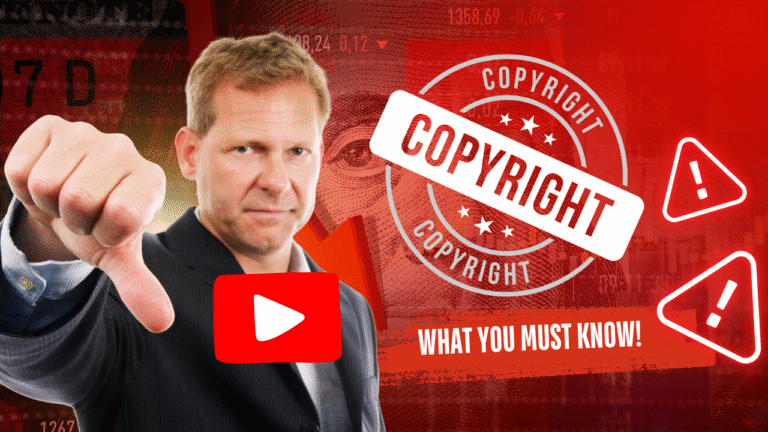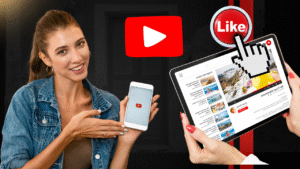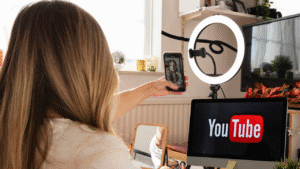Copyright Claims and Strikes: How They Destroy Your YouTube Revenue

Few things are more frustrating for a YouTuber than seeing their hard-earned revenue disappear due to copyright issues. Whether it’s a mistaken claim or a full-blown strike, copyright problems can cripple your channel’s income overnight. Understanding how these issues work—and how to avoid them—is crucial for protecting your earnings and keeping your channel in good standing.
How Copyright Claims and Strikes Affect Your Revenue
When a copyright holder flags your video for using their content without permission, YouTube takes action based on the severity of the violation. A copyright claim means the rights owner allows your video to stay up but may monetize it themselves, redirecting ad revenue from you to them. This can slash your earnings, especially if the claimed content is a significant portion of your video. In some cases, the video may be blocked in certain countries, reducing your potential audience and revenue further.
A copyright strike, however, is far more damaging. Unlike a claim, a strike can lead to YouTube removing your video entirely, suspending monetization features, or even terminating your channel after multiple violations. Strikes also come with penalties like restricted access to key features (livestreaming, video uploads longer than 15 minutes, etc.), making it harder to grow your audience and revenue. Even a single strike can scare away sponsors and brand deals, as companies prefer working with channels in good standing.
Common Ways Creators Accidentally Trigger Copyright Issues
Many copyright problems stem from innocent mistakes. Using background music without proper licensing, including movie/TV clips in reviews, or even reposting user-generated content without permission can all lead to claims or strikes. Even if you credit the original creator, YouTube’s automated Content ID system doesn’t care—it only checks for unauthorized use. Some creators mistakenly believe “fair use” protects them, but legal defenses like commentary or parody require complex arguments that don’t always hold up in disputes.
How to Protect Your Channel and Revenue
The best way to avoid copyright trouble is prevention. Always use royalty-free music (YouTube’s Audio Library, Epidemic Sound) and licensed footage (Storyblocks, Artgrid). If you must use copyrighted material, seek explicit permission or rely on brief, transformative clips under fair use—though this is risky without legal expertise. For those hit with a false claim, disputing it (with evidence) can sometimes recover lost revenue. However, repeated disputes may escalate to strikes, so proceed carefully.
Rebuilding After a Copyright Strike
If your channel gets a strike, focus on removing the offending content and waiting out the 90-day penalty period (strikes expire after this time if no more occur). Diversifying income outside of YouTube (Patreon, affiliate marketing) can help stabilize revenue during this vulnerable phase. Most importantly, audit your content to prevent future issues—because even one more strike could mean losing your channel entirely.
Final Thoughts
Copyright issues are a silent revenue killer for many YouTubers. While claims may only dent your income, strikes can devastate your channel’s growth and monetization potential. By staying informed, using safe content sources, and handling disputes wisely, you can safeguard your hard work and keep your earnings secure. Always remember: in the world of YouTube, prevention is far easier than recovery,




